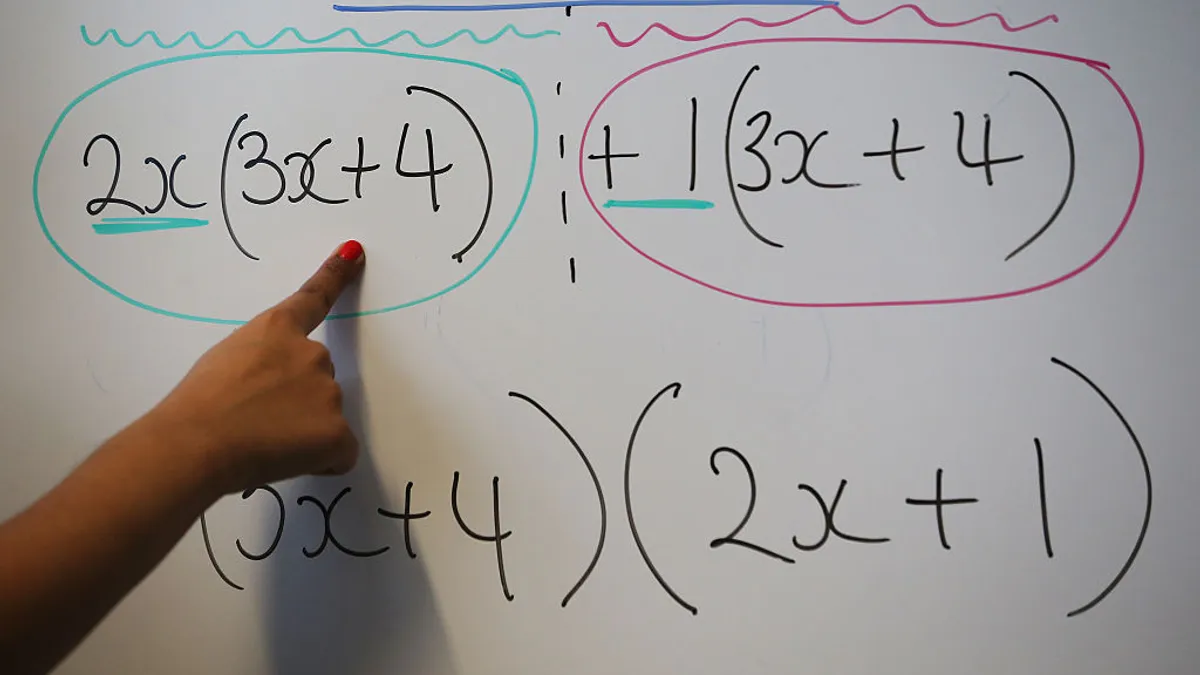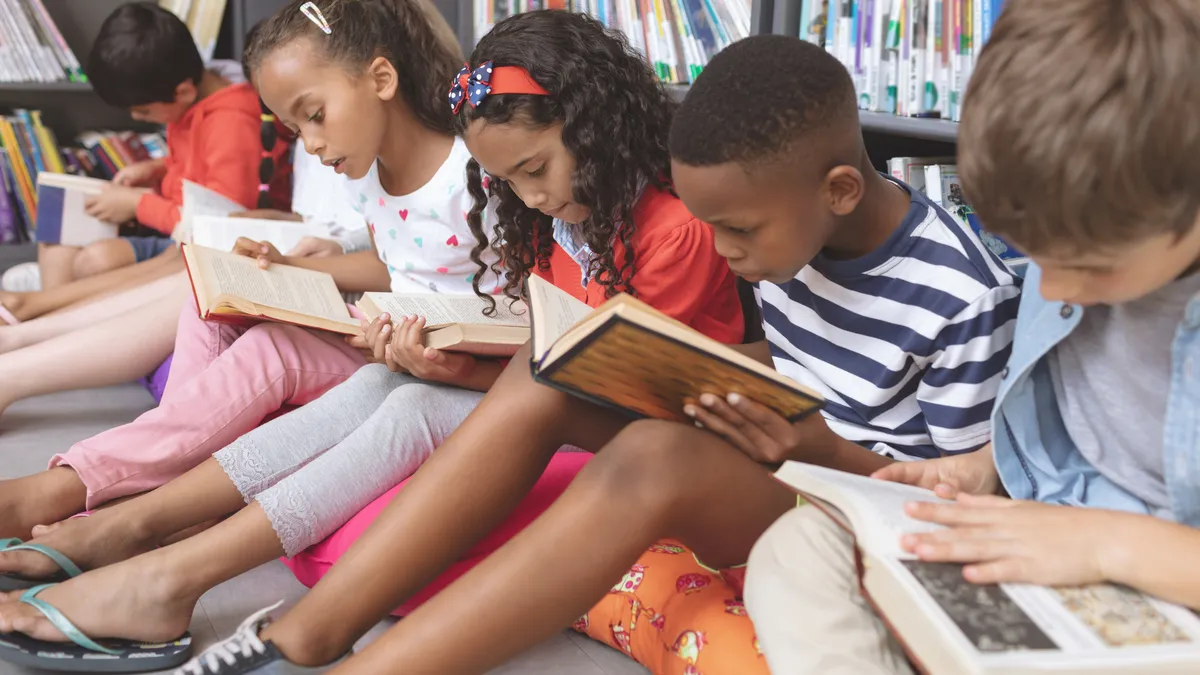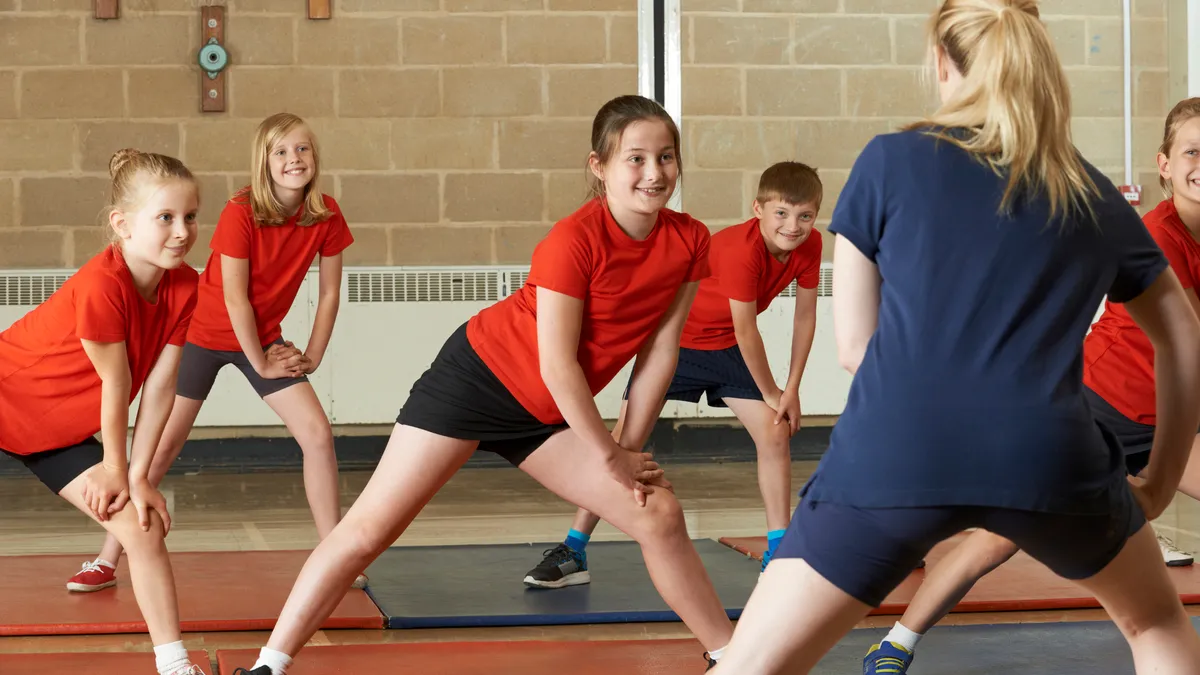Victoria Glasier imagines building an army of "data junkies" — teachers and students excited about statistics and how the subject underscores what they study in school and pursue outside the classroom.
The chief of the Statistics in Schools program for the U.S. Census Bureau understands data science can seem like a chewy subject. But she knows a student reticent about math can come alive when they start chatting about, for instance, baseball statistics.
“I just want teachers and students to understand that data is not just this weird word, but all around us,” says Glasier.
Talk to students about using data in their studies, and the topic is unlikely to get the blood pumping. But linking statistics to a place or a passion is one way to encourage classes to embrace studying data.
That can mean looking at demographic changes in a town over time or embedding a statistics lesson to a well-known location such as Times Square or Niagara Falls. Adding that context may help students feel a deeper connection both to the lesson and the data.
The Library of Congress, the Census Bureau and other organizations have free curricula and materials educators can draw from to help bring a sense of place to raw data. These can tap into real-world learning and even social-emotional learning tools to connect students more deeply to data science lessons and help draw some excitement around the study of numbers.
Integrating data into any subject
Glasier believes data literacy is a skillset that can be woven into any subject and any location. And the Census Bureau helps support educators through a variety of reports including “America Counts” and “Fun Facts,” as well as data tools customized to zip codes.
Recent report topics have ranged from fertility rates among women to teaching guides on Mother’s Day or Asian American Pacific Islander Heritage Month. All of these can be used across the K-12 space, with their particular focus on math, English, social studies, geography and sociology.
Each report or guide is designed to be standards-based and supplement what an educator is already teaching. For example, an English language arts class studying “To Kill a Mockingbird” can find data that shows what was happening in Alabama and where the story is based at the time in history the book covers.
Educators can also sign up to become a Teacher Ambassador, part of the Statistics in Schools program, which opens the door to virtual field trips and sessions with Census Bureau statisticians that helps them bring more data into their classrooms.
“I don’t think teachers always think of the Census Bureau as a resource,” says Glasier. “But I’m always trying to get that cool factor across.”
Teaching media literacy
Michael Apfeldorf, educational resources specialist for the Library of Congress’s professional learning and outreach initiatives office, believes data is a great way to strengthen information literacy in the curriculum, especially when linked to a sense of place. He often directs educators to the free statistical atlas collection in the Library of Congress, drawn from U.S. Census data with visual graphs that illuminate data across many eras, such as the 1870s.
Educators can find posts that link these atlases to details around the 19th Century Migration, for example, or pull up guides such as one that helps educators teach students how to analyze charts and graphs.
“You can ask students, ‘What do you notice?’” says Apfeldorf. “You can ask that of a 1st-grader and also someone in high school. Anyone can notice something.”
By bringing data into classrooms, Apfeldorf says educators can also help to teach students another tool: media literacy skills. He often hears teachers eager for new ways to teach this ability to students when he attends conferences.
Apfeldorf says when students learn how to read and interpret data for themselves from original sources, they can bring that skill into play when viewing data in news articles or a video on TikTok. Then, they can critically assess and construct an understanding of their own.
“People are aware of how important it is to sift through the noise,” says Apfeldorf. “It’s a big deal in society.”
Be thoughtful of student emotions
As educators start to include more data in curriculum, they may want to consider the emotional pull of that information. While local statistics can engage students, they may also elicit feelings depending on the data selected.
Using local data can hook in students and help them “talk about their own place,” says Jan Mokros, senior research scientist for Science Education Solutions.
“But be careful not to make them think badly about their place. Relevant data can be sensitive data, and place-based data can be sensitive data,” says Mokros.
For example, Mokros has designed a number of locale-based lessons, such as one that examines the spread of ticks and Lyme disease in Maine and in Massachusetts. Others have pulled data from the pandemic, comparing countries including Taiwan, France and the U.S., looking at their response to masks and quarantines.
Data that includes masking or vaccines rates in a neighborhood may make students feel nervous if they start to think about their families.
“We did a virtual implementation in the summer of 2020, and one boy was messaging with his teacher about how he was concerned about his family not taking precautions and wanting to know what he should do,” says Jacob Sagrans, senior research associate with Science Education Solutions.
But that doesn’t mean educators should avoid using local data in the curriculum.
Mokros notes that in rural areas, using local data can be both enriching and exciting.
In Aroostook County, Maine, for instance, the group designed a lesson around moose hunting, an activity familiar to local students and permitted by the Maine Inland Fisheries and Wildlife. The lesson proved popular, illustrating to Mokros how local data can spark engagement within curricula.
“For rural students, they can feel everything is about cities,” says Mokros. “This lesson highlighted the importance of their place, too."





















